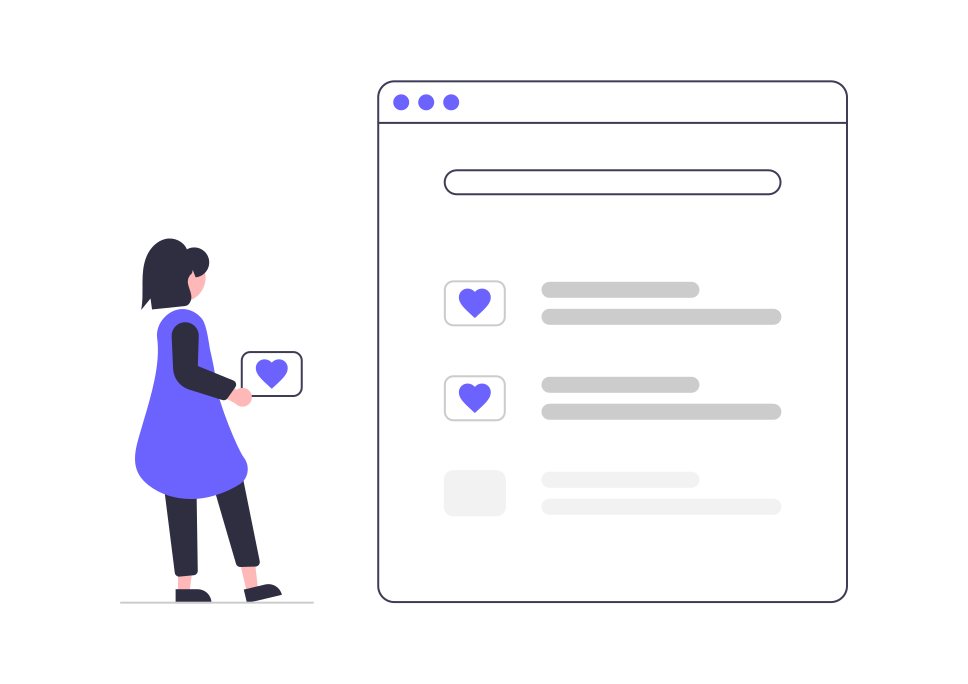In the dynamic world of account-based marketing (ABM), understanding your audience goes beyond demographics. To truly connect with target accounts, marketers need to delve into the psychological and emotional factors that drive decision-making. This is where psychographic segmentation comes into play. By incorporating behavioral insights into your ABM strategies, you can create more compelling and effective campaigns.
What is Psychographic Segmentation?
Psychographic segmentation involves categorizing your audience based on psychological traits, including attitudes, values, interests, and lifestyles. Unlike demographic segmentation, which focuses on who your audience is, psychographic segmentation explores why they behave the way they do. This deeper understanding allows for more nuanced and impactful marketing strategies.
The Importance of Psychographic Segmentation in ABM
-
Deeper Audience Insights: Psychographic data provides a comprehensive view of your audience, revealing their motivations, preferences, and pain points. This enables you to tailor your messaging to resonate on a more personal and emotional level.
-
Enhanced Personalization: By aligning your campaigns with the psychological profiles of your target accounts, you can create highly personalized content that speaks directly to their needs and desires. This level of personalization fosters stronger connections and drives higher engagement.
-
Increased Engagement: Understanding the psychological drivers of your audience allows you to craft messages that captivate and retain their attention. Engaging content that resonates with their values and interests can significantly boost response rates and interactions.
-
Effective Positioning: Psychographic insights help you position your products or services in a way that aligns with your audience's beliefs and values. This strategic alignment enhances brand perception and loyalty.
Steps to Implement Psychographic Segmentation in ABM
Step 1: Conduct Research
Start by gathering psychographic data through various methods such as surveys, interviews, and social media analysis. Ask questions that reveal your audience's interests, values, attitudes, and lifestyle choices. Use tools like sentiment analysis to gauge their emotional responses and opinions.
Step 2: Analyze and Segment
Analyze the collected data to identify patterns and group your audience into distinct psychographic segments. Look for common themes and behaviors that can inform your marketing strategies. Segments might include categories like "innovation seekers," "value-driven decision-makers," or "risk-averse professionals."
Step 3: Develop Personas
Create detailed personas for each psychographic segment. These personas should encompass the psychological traits, behaviors, and preferences of each group. Use these personas to guide your content creation and campaign development.
Step 4: Craft Targeted Campaigns
Design campaigns that cater to the specific needs and motivations of each psychographic segment. For example, a segment characterized by a desire for innovation might respond well to campaigns highlighting cutting-edge features and future-proof solutions. Use language and visuals that resonate with their psychological profile.
Step 5: Execute and Optimize
Launch your psychographically segmented campaigns across appropriate channels. Monitor performance metrics to assess engagement and effectiveness. Use A/B testing to refine your messaging and continually optimize your campaigns based on audience feedback and behavior.
The Benefits of Psychographic Segmentation
- Enhanced Customer Loyalty: By addressing the psychological needs and values of your audience, you build stronger emotional connections, fostering long-term loyalty.
- Improved Conversion Rates: Tailored messaging that resonates on a deeper level increases the likelihood of conversion, as prospects feel understood and valued.
- Competitive Advantage: Psychographic insights give you a unique edge over competitors who may rely solely on demographic data, enabling you to stand out with more personalized and impactful marketing.
- Better Resource Allocation: Focus your resources on segments that show the highest potential for engagement and conversion, ensuring efficient use of your marketing budget.
Conclusion
Psychographic segmentation offers a powerful approach to refining your ABM strategies. By understanding the psychological factors that drive your audience, you can create more engaging, personalized, and effective campaigns. As the marketing landscape evolves, leveraging behavioral insights will be key to achieving deeper connections and driving better results in your account-based marketing efforts.


